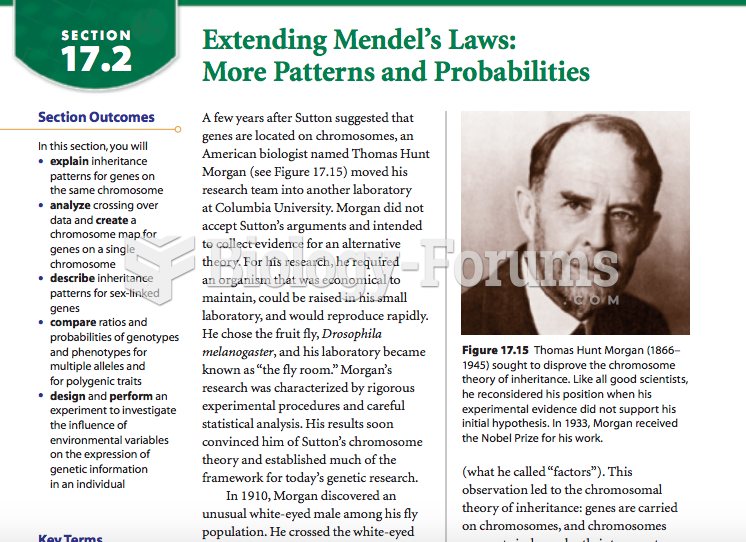Which one of the following is consistent with the textbook's recommendation for taking improvement into account in assigning final class grades?
a. Comparing students' standardized achievement test scores obtained this year with their standardized achievement test scores obtained last year
b. Giving a pretest and a posttest for each unit of study, and using the difference between the two test scores
c. Giving one test midway through a unit and another at the end of the unit, and using the difference between the two test scores
d. Assigning greater weight to assessments conducted at the end of the semester or school year
Question 2
With the textbook's discussion of grading in mind, identify the high school teacher who is assigning class grades in an appropriate manner.
a. Mr. Robbins grades his students on three major exams, giving equal weight to each one. He has made sure that each exam has content validity for the material it is intended to cover.
b. Ms. Lansing uses a single final exam that has high content validity for the curriculum she has covered and yields highly reliable scores.
c. Mr. Pottier uses as much data about each student as he can get his hands on; in addition to using test scores and homework assignments, he also rates students' performance in questionanswer sessions and cooperative learning groups.
d. Ms. Norrell bases her final grades on 15 in-class projects and test scores; although she doesn't grade the accuracy of students' homework assignments, she takes into account whether they have turned in their homework regularly.







